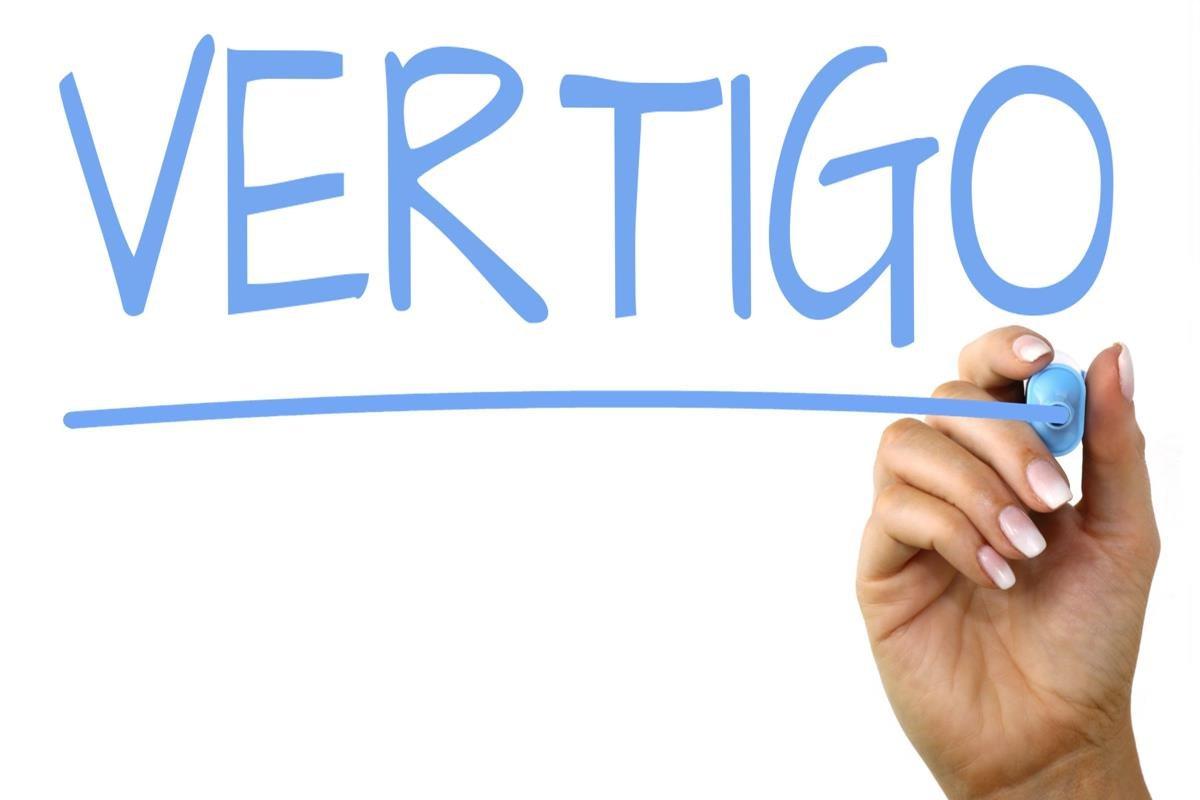What is Vertigo? And How To Treat it?
- Written by News Company

Vertigo and dizziness involves an altered or faulty sense of movement or spinning. The sensation of dizziness can feel like it is within your own body or it can equally feel like your environment is moving. For example, some might experience a sensation that they are falling (own body sensation) while others might perceive that the room is spinning (abnormal environment sensation). You may also experience unsteadiness, lightheadedness or a feeling of being faint.
While there are many causes of vertigo, often it can be due to an illness affecting the inner ear. Some of these causes include benign paroxysmal positional vertigo (BPPV), migraines or inflammation of the inner ear. Other causes of dizziness can also be due to heart problems, low blood pressure, hypoglycemia, anxiety and panic attacks.
Physio for Vertigo
There are three types of vertigo which can be effectively treated with physiotherapy. These include BPPV, vestibular neuritis and cervical dizziness.
Benign Paroxysmal Positional Vertigo (BPPV)
This is one of the most common causes of vertigo that is treatable with Physio. Although the name sounds complex it simply means:
-
Benign: the cause isn’t harmful to your health.
-
Paroxysmal: The symptoms come on suddenly, last for a short period of time and then disappear.
-
Positional: The vertigo is caused by particular movements and head positions.
-
Vertigo: The medical term for dizzy sensations.
BPPV can be assessed and treated with physio and is often resolved within a few sessions.
Cervical Dizziness
Cervical (or neck) dizziness is a type of vertigo caused by neck dysfunction. It is most often caused by stiffness of the neck. Sometimes cervical dizziness is associated with neck pain but at times there is no pain or discomfort associated with the neck at all. It may be difficult for you to determine whether the dizziness is due to the neck pain or not. This is when a qualified physiotherapist can help to assess your neck, identify the cause of your symptoms and establish the best treatment method.
Vestibular Neuritis
Vestibular neuritis is also known as vestibular neuronitis or vestibulopathy. It is due to inflammation of the inner ear, more specifically the nerve which connects the inner ear to the brain (the vestibular nerve). Vestibular neuritis is often due to a viral infection and causes vertigo, dizziness, unsteadiness, balance problems and occasionally vision or hearing problems.
Acute vestibular neuritis is usually treated with vestibular suppressant medication during the initial stages of the condition. As the symptoms of vestibular neuritis begin to improve, vestibular rehabilitation exercises can help to further reduce the symptoms and retrain the brain.
Treatments for Vertigo - Vestibular Physiotherapy
A vestibular physiotherapy is a form of physio which trains the central nervous system to compensate for inner ear issues causing vertigo or dizziness. This exercise-based program aims to improve balance and reduce dizziness or vertigo.
Your vestibular physiotherapist will complete an assessment to observe posture, gait, and balance as well as a range of functional tasks that may be affected by your condition. Your physio will also consider your clinical history and symptoms and evaluate your medical history. Eye-head coordination tests along with other tests such as strength, flexibility, neck mobility, and positional testing are completed to achieve an accurate diagnosis and develop an appropriate treatment plan.
Vestibular physiotherapy comprises body, head and eye exercises which retrain the brain’s ability to recognize and process signals from the inner ear. As a result, this improves coordination with other sensory systems, such as vision and neck control.
In the majority of cases, balance improves over time when the exercises are performed correctly and consistently. Vestibular physiotherapy can improve your ability to participate in everyday activities, reduce the risk of falls to improve your quality of life.

